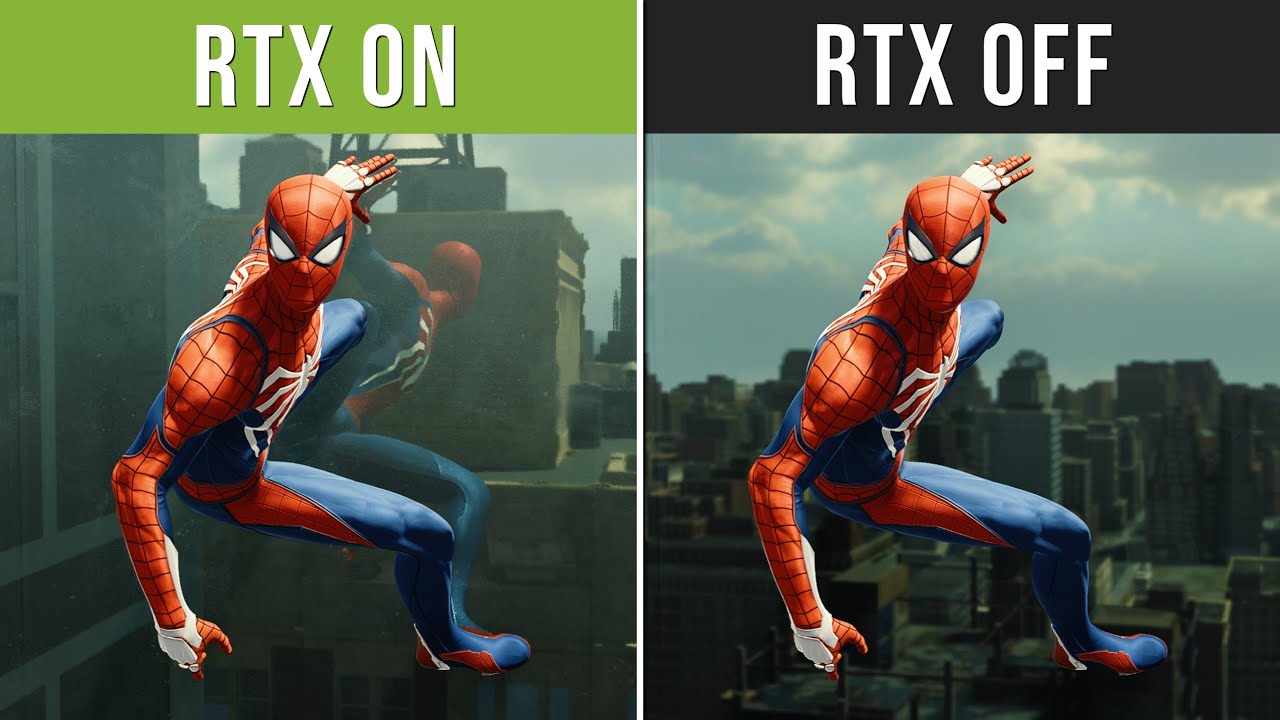PoetPhilosopher
Veteran Member
Smartphone ray tracing is here, but is it the real deal?
This article is long. If I were to sum it up myself, I'd sum it up, after reading some of the article, as:
"High-end smartphone games may soon be getting hardware accelerated ray-tracing support if they utilize new hardware supported ray-tracing smartphone SoCs/chips, and it may even be somewhat similar to the consoles and latest gaming PCs when it comes to ray-tracing effects. Don't expect miracles yet though, or for things to be equal to the PCs and consoles, yet."
I'm even skeptical that the graphics on smartphone games are the main thing that need an upgrade, really - more like the depth, the scale of worlds, etc. I feel that some tablet and smartphone games are actually achieving good graphics, they're just lacking in other areas.
This article is long. If I were to sum it up myself, I'd sum it up, after reading some of the article, as:
"High-end smartphone games may soon be getting hardware accelerated ray-tracing support if they utilize new hardware supported ray-tracing smartphone SoCs/chips, and it may even be somewhat similar to the consoles and latest gaming PCs when it comes to ray-tracing effects. Don't expect miracles yet though, or for things to be equal to the PCs and consoles, yet."
I'm even skeptical that the graphics on smartphone games are the main thing that need an upgrade, really - more like the depth, the scale of worlds, etc. I feel that some tablet and smartphone games are actually achieving good graphics, they're just lacking in other areas.


